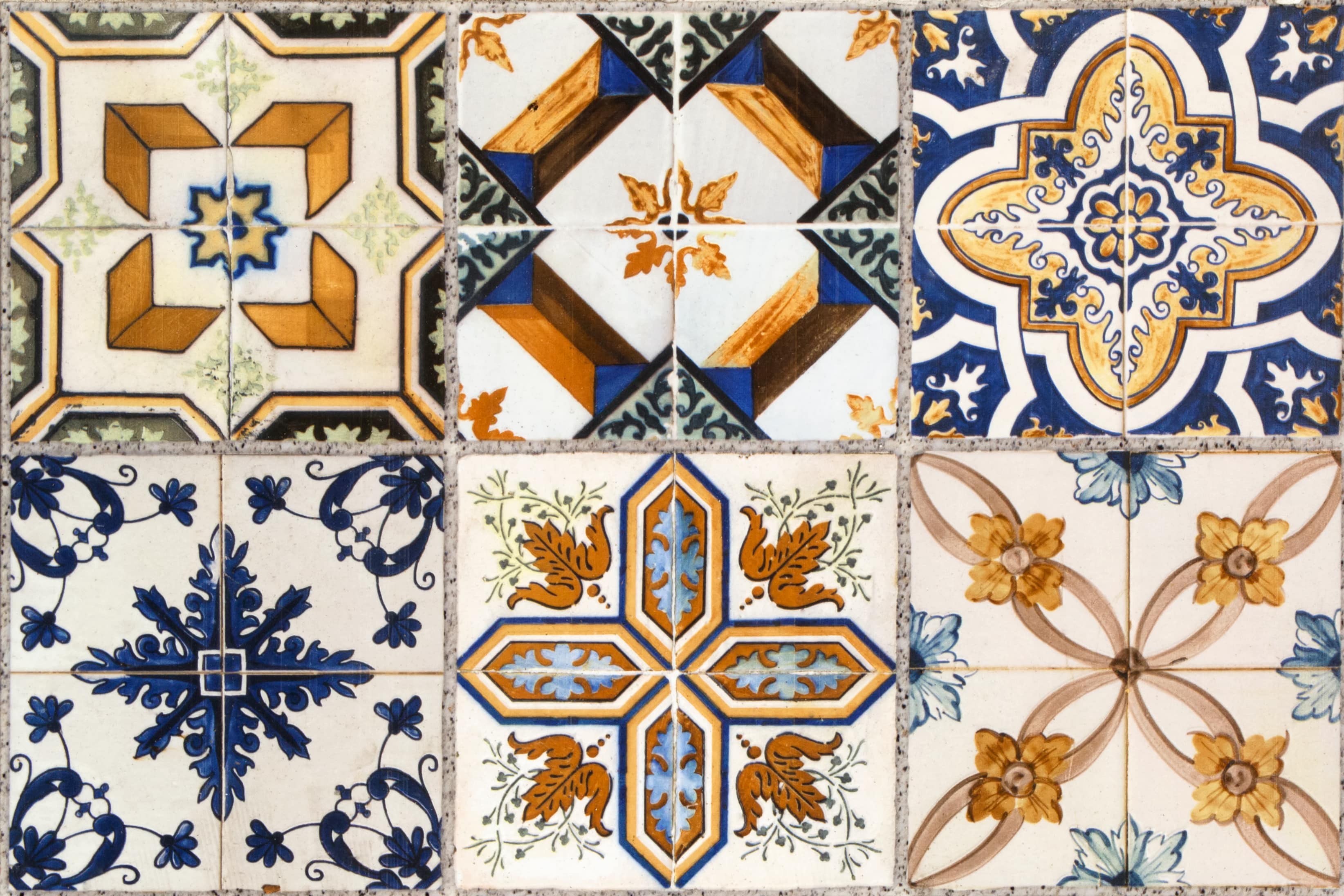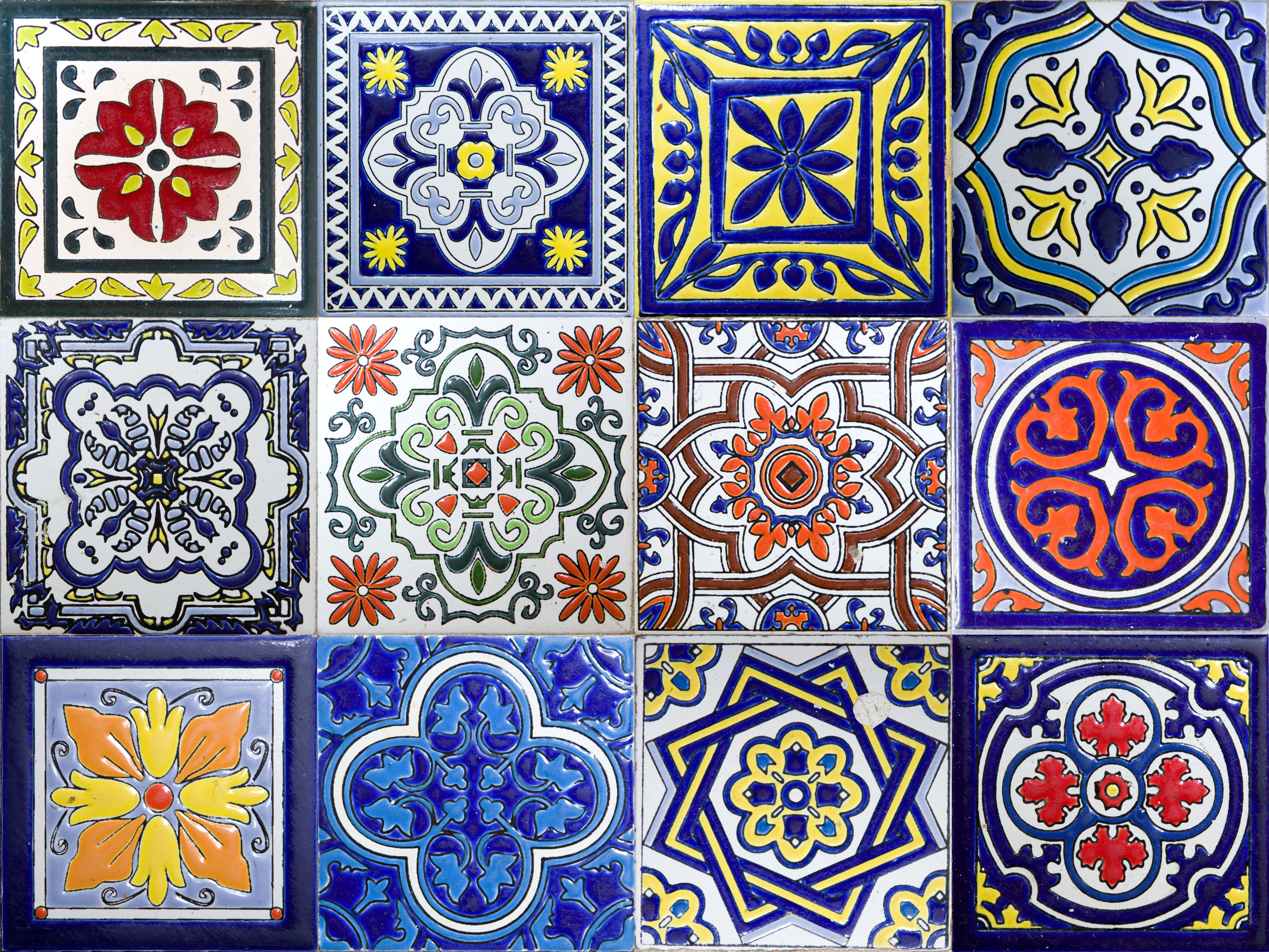About Tile Art.
Tile Art: A Tradition Bridging to Modernity
Tile art, a traditional craft that has adorned architecture from the Ottoman era to the present day, is one of the most elegant complements to design. Known for its harmonious colors and intricate details, tiles often decorate mosques, palaces, and historic buildings. İznik and Kütahya tiles, in particular, are renowned worldwide. While traditionally handcrafted, modern techniques are now also employed in their production. Tile art is not merely decoration but a cultural heritage that unites aesthetics and functionality. Geometric patterns and nature-inspired motifs are among the most defining features of this timeless art form.






















